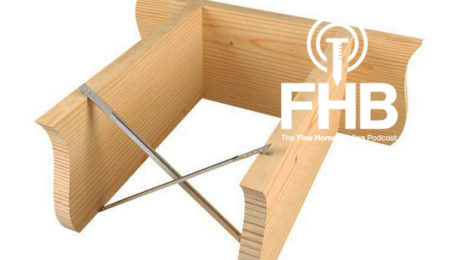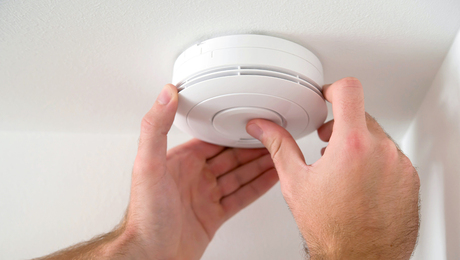
If you read the reviews of various induction cooktops online, you’ll get the idea that induction is the miraculous next generation in cooking technology. After cooking on an induction cooktop for the past year (the Kenmore Elite 36-in. model, to be specific), I have to agree.
A few years ago, I had never heard of induction cooking, but in the process of deep-energy retrofitting a 100-year-old farmhouse, I learned a lot. From a building-science point of view, induction cooking offered several advantages. First, because induction uses electricity (as opposed to gas), my husband and I were able to remove any concerns about air quality, which are of particular interest in a tight house like ours. Second, the highly efficient manner in which induction converts energy to heat supported our broader energy goals. (Induction is 84% efficient compared to 40% efficiency for gas.)
The burners of an induction cooktop produce an electromagnetic field that causes iron molecules in metal pans to vibrate, creating friction that heats the bottom of the pan. The surface of the cooktop itself remains cool. As a consequence, only cookware made of ferrous metals can be used.
From a foodies’ perspective, we miss the gas flame, but we’re happy to trade that in for fine temperature control and speed of cooking. For example, a pot of boiling water can be ready nearly on the spot. The temperature controls are digital to the touch and range from “Lo” to the nonintuitive “Pb” (power boost), with numerical values like 2.0 and 8.5 in between. When I take over my husband’s Saturday morning pancake ritual, he can tell me to “cook the first pancake on 6.0, then back down to 5.0 for the rest.” The glass surface of our model is interrupted only by six small electronic displays that sit flush with the rest of the cooktop, making it easy to clean.
There are a couple of things that our induction cooktop doesn’t like. First, if I let a pot of pasta boil over, the cooktop will turn off and start to beep. Second, if my frying bacon has left a greasy layer on the surface, the touch of my finger won’t register a change in the controls. This can lead to a few moments of panicked cleaning and ferocious tapping.
From a sensory point of view, induction does have a certain foreign audible quality. At high settings, a pot of water makes a high-pitched mechanical buzz. In my perfect induction world, this is the only thing I’d change.
Induction is not a cheap option, yet if you have the budget to convert, you’ll likely become a proselytizing user like me.
Kenmore Elite 36-in. induction cooktop model #22-42900, black with stainless trim (replaced by model #4392); www.kenmore.com; current model price: $2450
Photos: Charles Miller


























View Comments
“[Deleted]”